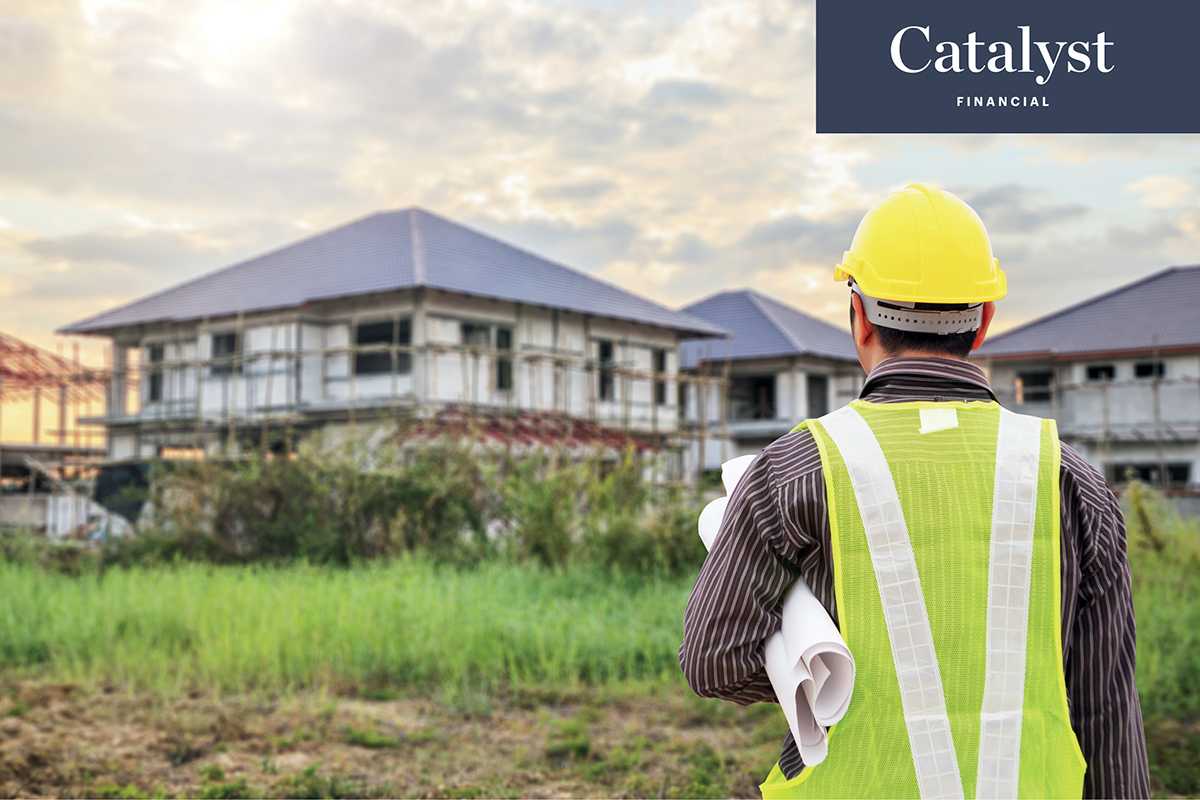
One Man’s Trash, Another’s Treasure
Banks and non-banks are usually reluctant to fund a leaky home which tends to drive demand and price down, but there can be opportunities, writes Peter Norris.
31 July 2023
Leaky homes have been a prevalent issue in the New Zealand housing market, often faced by prospective homeowners and investors. However, obtaining a home loan for such properties can be a daunting task.
Banks and non-banks are all similar in their reluctance to fund a leaky home and this tends to drive the demand, and therefore price, down. But, as always, one man’s trash is another man’s treasure.
Leaky houses refer to properties plagued by water intrusion, often caused by construction defects or poor maintenance. The main period where these properties were constructed with issues was between 1996 and 2004. If you’re buying a property that was built in this time, you can be sure the bank is likely to ask more questions.
In response to this crisis, the government introduced the Weathertight Homes Resolution Service, offering financial and legal assistance to affected homeowners. However, the effects of past leaky buildings still linger, making it challenging for potential buyers to secure home loans for such properties.
The typical aesthetic traits of a leaky property would include things like monolithic cladding and a house having no eaves. These are the most common traits which would cause a buyer (and lender) to want to ask more questions.
Lending Challenges
Lenders tend to be cautious when it comes to financing leaky homes due to the potential risks and costs associated with remediation. As a result, some lenders may be reluctant to offer traditional mortgage options for these properties.
As I said above, this isn’t unique to the main banks either. Where non-banks often prove a great alternative solution for borrowers, this isn’t so much the case when it comes to leaky properties.
Even the non-banks aren’t overly keen. Bear in mind that a non-bank lender will often place more emphasis on the quality of the security than the borrowers servicing as the better the security, the easier it is to sell.
That’s not to say there aren’t options.
Loan Tips
Building Inspection:
Before considering purchasing a leaky house, it is essential to conduct a thorough inspection by a qualified and experienced building inspector. Their expertise will help uncover any hidden issues, estimate repair costs, and provide a comprehensive report that can be used during the loan application process.
Understand Costs And Opportunity:
Lenders are more likely to approve a home loan if you can demonstrate what the costs are to remedy the problem, and what the property would be worth on completion of work. This is where the opportunity could be.
As an investor, if you’re able to buy a “leaky home” at a significant discount – often no more than land value – then you may be able to access the uplift in value by remediating the damage. This is often referred to as recladding, but there’s a bit more to it.
A lender (main banks included) may be more willing to lend to you based on the land value of the property, and then fund the renovation based on what the future value would be.
Using Experts
Using a mortgage adviser who is familiar with leaky house lending can be instrumental in guiding you through the loan application process. They’ll have access to more lenders, including those who specialise in leaky homes.
Outside of the mortgage adviser though, it’s important to surround yourself with experts who understand what you’re trying to achieve. People like your lawyer, a builder and valuer, would be important people to have.
Extra Deposit
As is always the case with borrowing, more money of your own means less problems. What I mean by that is borrowing to buy a leaky property will be extremely difficult if you’re a low deposit borrower. In fact, it’ll be almost impossible.
However, a lender may be more willing to give you the money if you have a bigger deposit – for example 40 per cent.
The reality is there is always a way to get money; it’s often just a case of how much you’re willing to pay. However, the challenges of securing a home loan for leaky houses cannot be understated. And more than that, the challenges of owning a leaky house and the future issues you may face also shouldn’t be understated.
These properties can present opportunities for investors looking to take a risk. However, this game isn’t for newbies and I’d strongly suggest understanding what you’re getting into.
Peter is director of Catalyst Financial. Catalyst specialises in mortgage, insurance and investment advice specifically for property investors. To see how Catalyst can help you achieve your financial goals, check out www.catalystfinancial.co.nz or contact [email protected]


